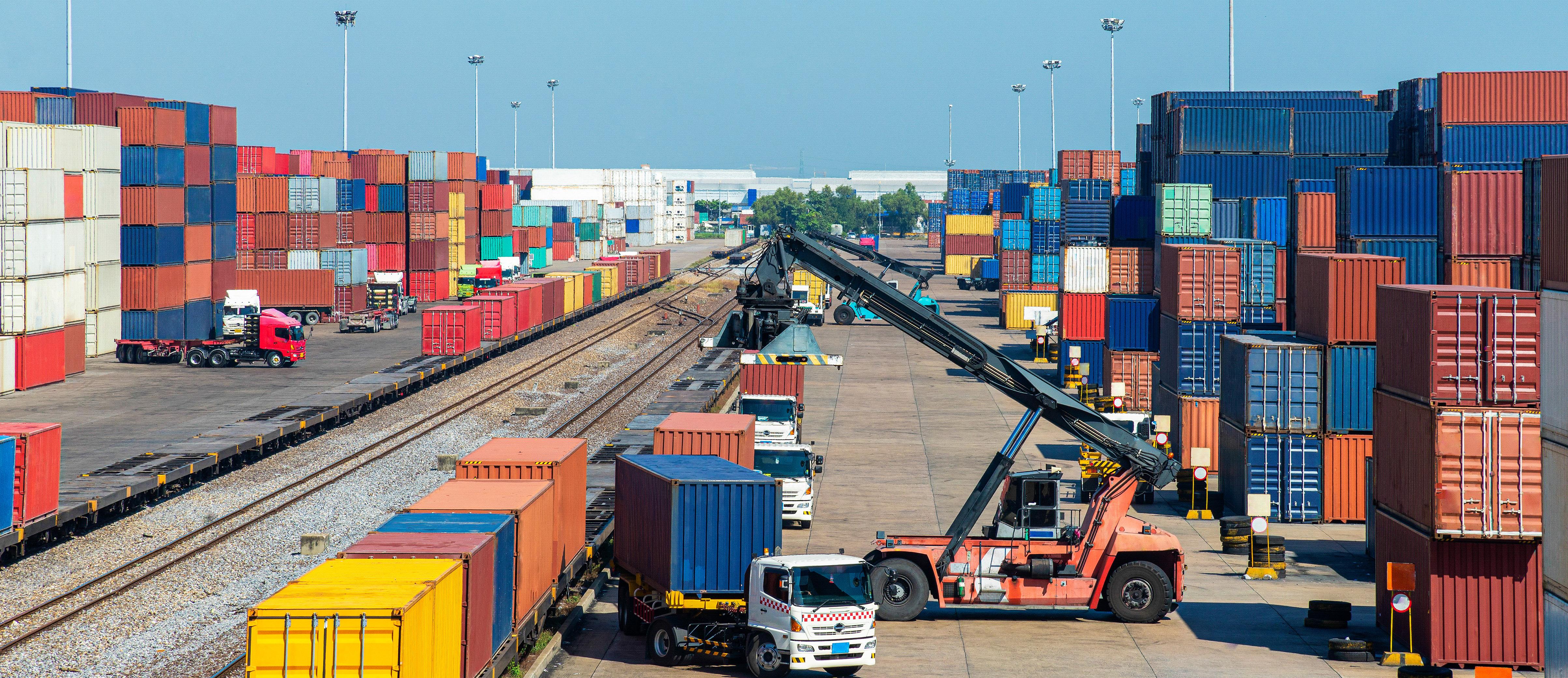
3 minute read
GAS NETWORKS
from HIL ISSUE 12
Mapping Out The Potential For Hydrogen In Gas Networks
by Chelsea Bailey
Advertisement
The UK’s gas networks consist of over 280,000 km of pipes, and around 75% of the gas distribution pipelines have been replaced under the Iron Mains Risk Reduction Programme. As a result, the gas networks stand in a strong position to transition to new low-carbon gases.
Energy Networks Association’s latest report ‘A hydrogen vision for the UK’ highlights how the evolution of a UK-wide hydrogen network can unlock economic growth, provide customer choice, and boost energy security.
The report outlines that the gas networks are ready to deliver hydrogen infrastructure in a UK-wide, coordinated way, which brings value to consumers and unlocks the economic potential of a decarbonised energy system.
It states that the gas networks in Great Britain stand ready to invest £6.8bn in hydrogen-focused innovation projects by 2031/32: “We are already delivering an extensive range of programmes, operating in collaboration with consumers – drawing on years of expertise running safe, reliable networks, the know-how of our workforce and investment in innovation.”
The industry must conduct further research into hydrogen
To deliver this vision, the report reveals five key pledges. The first is that the industry must play a lead role in delivering against the UK’s hydrogen ambitions. It is essential that the industry must deliver the trials, and projects outlined by the government this decade, such as the H100 Neighbourhood Trial, the Hydrogen Village Trials and Town Pilot.
Following this, the industry must conduct further research and testing in an open and transparent manner. To ensure that it does this, the report explained that it is crucial for the industry to continue supporting hydrogen.
It explained that the gas network must: “Continue our internal modelling and scenario planning in each network, engaging others in the industry to enable while systems planning. We will bring new data together periodically to update the hydrogen vision maps and publish them on the ENA website and continue to build evidence to support the safety case for hydrogen.”
Communication is key to demonstrating hydrogen possibilities
The third pledge outlined that it is essential that the industry engages with consumers across the networks on delivering net zero. Communicating with current gas consumers on the potential role of hydrogen in the energy system transition, will help build the case for hydrogen.
In addition, it is necessary to continue to engage with devolved, regional, and local authorities and other stakeholders to demonstrate the possibilities of hydrogen in different regions and understand future demand, capacity, and location needs.
As well as communication, collaboration with stakeholders across the sector using a ‘whole systems’ approach will help to boost confidence in hydrogen. Supporting the government in gathering further evidence will help to enable the 2026 decision on the role of hydrogen for UK heating.
The ENA, as part of this, has said it will: “Convene a meeting of CEOs and senior officials to take stock of progress to date in demonstrating the safety and feasibility of hydrogen for heat and agree the critical areas of evidence outstanding including who is responsible for providing and verifying it and to what timescales.”
Also, ENA will convene meetings of gas and electricity networks to discuss respective approaches to network planning for net zero and agree areas where joint working will be successful.
Governments need to be committed to scaling-up hydrogen Finally, the last pledge explains that investment in both developing a skilled workforce for the future, and a UK supply chain is needed.
This includes working with IGEM and EU Skills to develop and deliver hydrogenspecific standards and training, providing evidence to the UK Government on the need to inform planning for net zero and skills education, working with the supply chain to develop skills, logistics and homegrown talent, and developing new themes of innovation to support the customers through net zero.
However, the gas networks cannot achieve this alone. There is a need for stakeholders across the industry to work with them, particularly policymakers and the devolved administrators, as well as those responsible for developing the frameworks for regulation and planning of the hydrogen network.
To enable and accelerate the development of hydrogen, the report states that the government must ensure that the current level of political commitment to hydrogen production development is matched for hydrogen network infrastructure development. It explained: “There is a need for political commitment and Ministerial recognition of hydrogen beyond just this first step, which involves network infrastructure build-out.”






